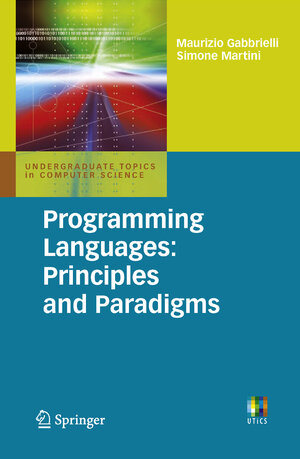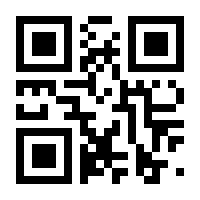
From the reviews:
“This undergraduate textbook on the principles of programming languages has many commendable aspects. It is grounded on sound principles of computing, with machines taking a central role. The authors use activation stacks and other machine-level abstractions to explain many complex ideas--such as scopes and evaluation mechanisms--in concrete terms. Furthermore, many aspects of C++, Java, and C# are covered and contrasted in substantial detail. … In short, what the text covers, it covers well … .” (Simon Thompson, ACM Computing Reviews, January, 2011)
“This book provides a detailed description of the main principles behind the design and implementation of modern programming languages. … Primarily, the text is intended as a university textbook, but is also suitable for personal study of professionals who wish to deepen their knowledge of the mechanisms that lie behind the languages they use.” (Stefan Meyer, Zentralblatt MATH, Vol. 1204, 2011)



